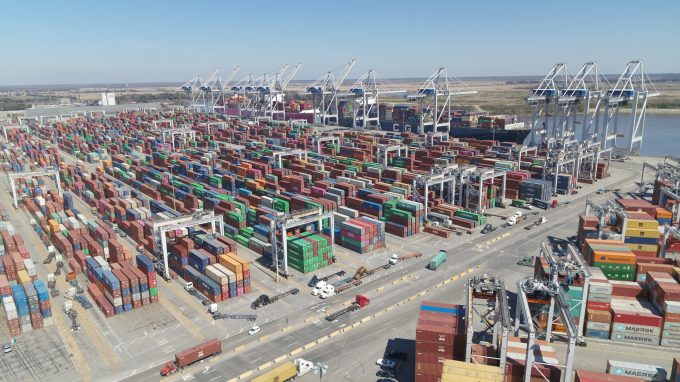Freight slump does not stop US inland ports’ advance
Over the past two years US inland ports have become a popular valve to unclog ...

Having grappled with congestion at the port complex of Los Angeles and Long Beach, the problems at New York and New Jersey present a sense of déjà vu, to Paul Brashier, VP of drayage and intermodal, at ITS Logistics.
Port congestion has shifted from the west ...

Comment on this article